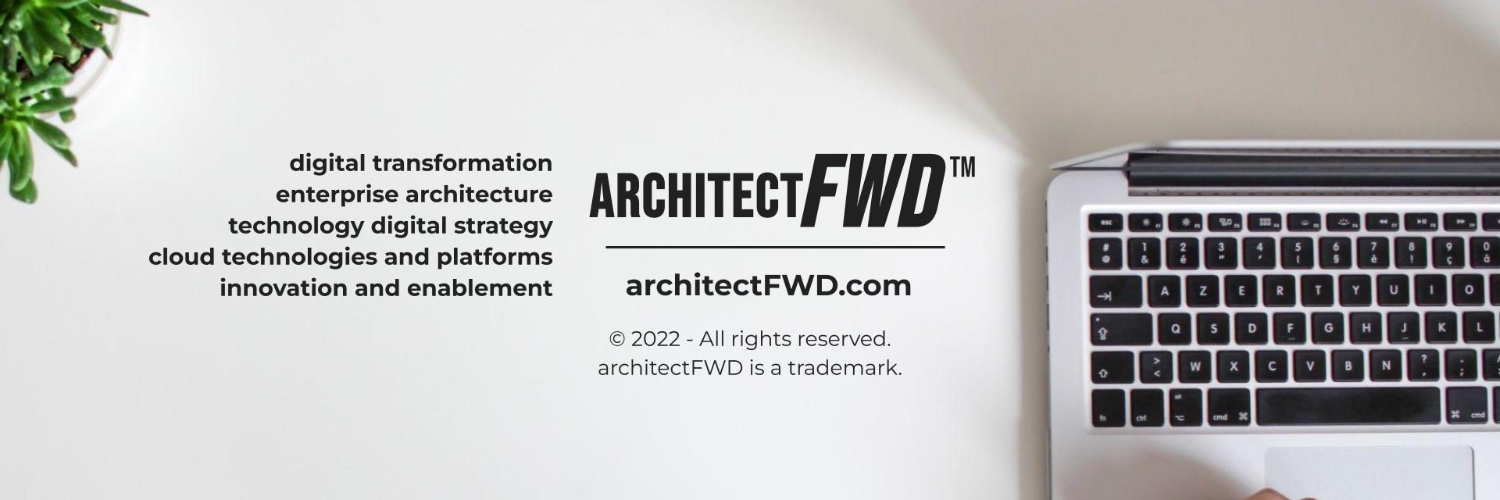I’m taking a real interest in e-commerce in 2022. COVID has changed the way we work, and the way we shop. With that in mind I thought I’d look for insights into this as I delve further into marketing and retail use cases and how architecture can help you transform.

Why
News
Being based in New Zealand, I’ll reference a local article, but I think this is representative of international retail at the moment. The article Ghost towns, closed shops and online shopping boom: How retail has changed since the pandemic began (as at Mar 20 2022), notes the following
- the way New Zealanders shop has changed completely
- the way people consume retail has changed since March 25, 2020.
- Thousands of retailers have closed their doors permanently, while others have moved online, opted for click and collect or downgraded their brick and mortar stores.
It goes on to describe that
‘the biggest challenge has been rebalancing the business to cater for the “explosive growth” it has been experiencing with its online store.’ While customers are expected to return to the shops, “we have seen a systemic shift towards more online shopping. This will mean retailers need to rationalise their store networks to take account of the way customers are now shopping” With the growing familiarity for consumers with the online purchasing environment, expectations for e-commerce are high, which means retailers are continuing to invest in this area, often at the expense of new brick and mortar stores,” Williamson says.
Ultimately the article reflects that
They know online is here to stay.
OECD
The OECD policy response report describes
- The COVID-19 crisis accelerated an expansion of e-commerce towards new firms, customers and types of products. There has been a shift in demand from brick-and-mortar retail to e-commerce
- Not all online sellers and product categories benefitted from the rise in e-commerce. Selling gloves or desks likely were successful, but other merchants may have had more challenges. Travel, restaurants, leisure etc.
- Some of these changes in the e-commerce landscape will likely be of a long-term nature, in light of the possibility of new waves of the epidemic, the convenience of the new purchasing habits, learning costs and the incentive for firms to capitalise on investments in new sales channels.
- Significantly, also provides the key message that closing digital divides among individuals and fostering participation of the vulnerable.
We must not exclude those most at risk when going digital. Tweet
The question is how have businesses responded, and have they been able to through using a digital mindset and bolstering a digital arm in their business model, thereby architecting forward and transforming their business?
Nielsen Norman Group
In the NN Group article The State of Ecommerce UX: COVID-19 and Direct-to-Consumer Retail Raise the Bar, Nielsen Norman Group notes that consumers are not satisifed exclusively by being able to shop online.
It is now common place that customers expect more. Which means commerce platforms need to deliver more, such as the following which the article lists as advancements of importance
- Robust comparison tools
- Comprehensive review-filtering functionality
- Sophisticated ways to see products, including augmented-reality tools
- Short, looping in-page videos.
- Shifts toward push notifications as a communication channel for timely messaging
- Improved buy-online-pickup-in-store (BOPIS) service design
- Focus on communicating brand values, such as diversity, environmental consciousness, and ethical manufacturing
- Increasingly sophisticated and successful social-networking integration — including the addition of innovative techniques like livestream selling
- Appropriate and useful product recommendations instead of the random, annoying recommendations of the past
The article provides further insights into how retailers offer more choice and flexibility online through payment financing, shipping and delivery, recurring orders and customer-support channels
I’ve also seen this more regularly for product images and replacing or supplementing them.
I’ll note here we’ve also seen new consumer behaviour, such as expecting faster delivery times, same day / instant delivery, curbside collection and instore collection.
Deloitte
Deloitte’s article on Retail recession ponders the question
Could COVID-19 create a long-term shift in the retail industry?
As a quick summary, they reflect on these trends
- Merchants succeed with a strong platform model - enables success and offering additional services and value pretty much like that alluded to above
- Convenience Trends continue - such as click and collect, buy online pickup in store, compelling fulfillment models from factory/warehouse/store/regional etc
Their ‘What’s next’ calls out for restructuring of supply chain, new ways of collection (virtual / contactless), returns processing and shifts needed to continue to build trust and deliver those customer experiences that allow business to continue to thrive in this new normal for retail.
Summary
I’ve split this into a couple of parts, mostly due to the volume of material and so I decided to pause here and reflect.
The articles, policy responses and insights above really describe some drivers and context changes which require business to think and rethink their strategies, their business models and how they deliver and capture value.
I’ll post the follow up to this over the next few days. Sign up for the newsletter if you have not and reach out if you have any thoughts on this piece.
